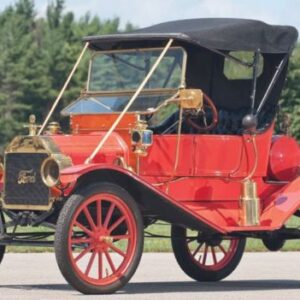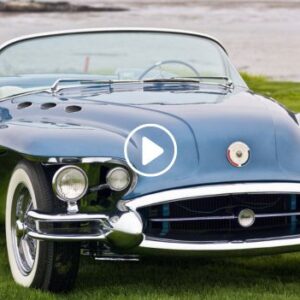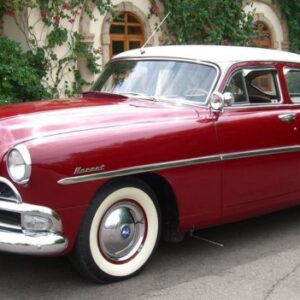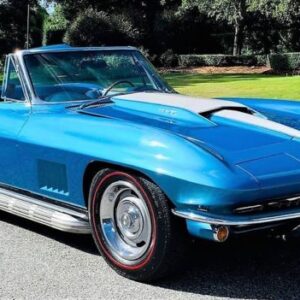The Jeep Wagoneer SJ is a full-size luxury SUV that was produced by the American automaker Jeep from 1963 to 1991. It is known for being one of the first luxury SUVs and is considered a pioneer in the segment. The Wagoneer SJ was introduced in 1963 as a successor to the Willys Jeep Station Wagon.

In recent years, Jeep has reintroduced the Wagoneer nameplate with the launch of the Jeep Wagoneer and Jeep Grand Wagoneer in 2021. These new models are designed to offer modern luxury and advanced technology while paying homage to the heritage and iconic status of the original Wagoneer SJ.
1. Collectibility
Rarity
The Wagoneer SJ was produced for a relatively long period, from 1963 to 1991, but finding well-preserved, original examples can be challenging. As with any vintage vehicle, the scarcity of well-maintained Wagoneer SJs can increase their collectible appeal.
Classic Design
The Wagoneer SJ’s iconic design, characterized by its boxy shape, woodgrain trim, and chrome accents, has a strong nostalgic appeal. The timeless design cues of the SJ contribute to its desirability among collectors who appreciate classic SUVs.
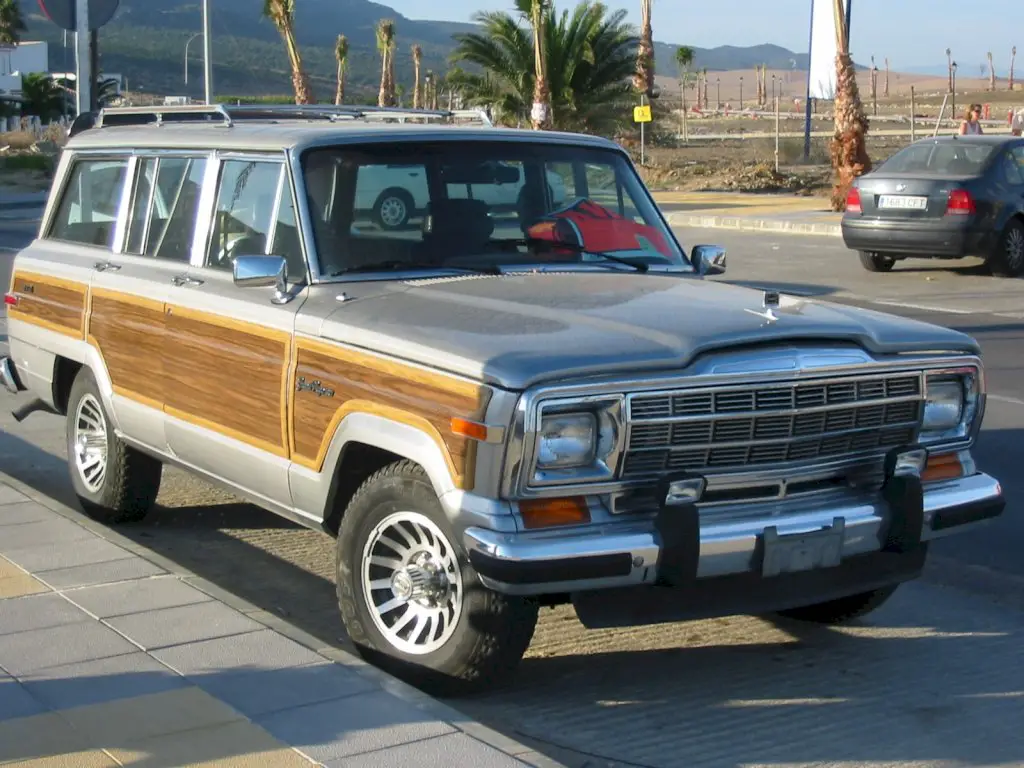
Historical Significance
The Wagoneer SJ played a pivotal role in the development of luxury SUVs and established a new segment in the automotive industry. Its historical significance as one of the first luxury SUVs adds to its collectible value and attracts enthusiasts interested in preserving automotive history.
Popularity among Enthusiast Community
The Wagoneer SJ has a dedicated and passionate enthusiast community. There are numerous online forums, clubs, and events focused on the Wagoneer SJ, which facilitates the exchange of knowledge, resources, and the availability of parts. The strong enthusiast following further enhances the collectibility of the SJ.

2. Cultural Significance
Pioneering the Luxury SUV Segment
The Wagoneer SJ is often considered one of the first luxury SUVs, setting the stage for the development of a new vehicle category. Its combination of off-road capability and upscale features challenged the notion that SUVs were purely utilitarian vehicles, and it paved the way for the introduction of other luxury SUVs in subsequent years.
Symbol of Adventure and Exploration
The Wagoneer SJ became a symbol of adventure, exploration, and outdoor lifestyle. Its robust design and off-road capabilities made it a popular choice among outdoor enthusiasts, adventurers, and families seeking to venture off the beaten path. It embodied a sense of freedom and a spirit of exploration.
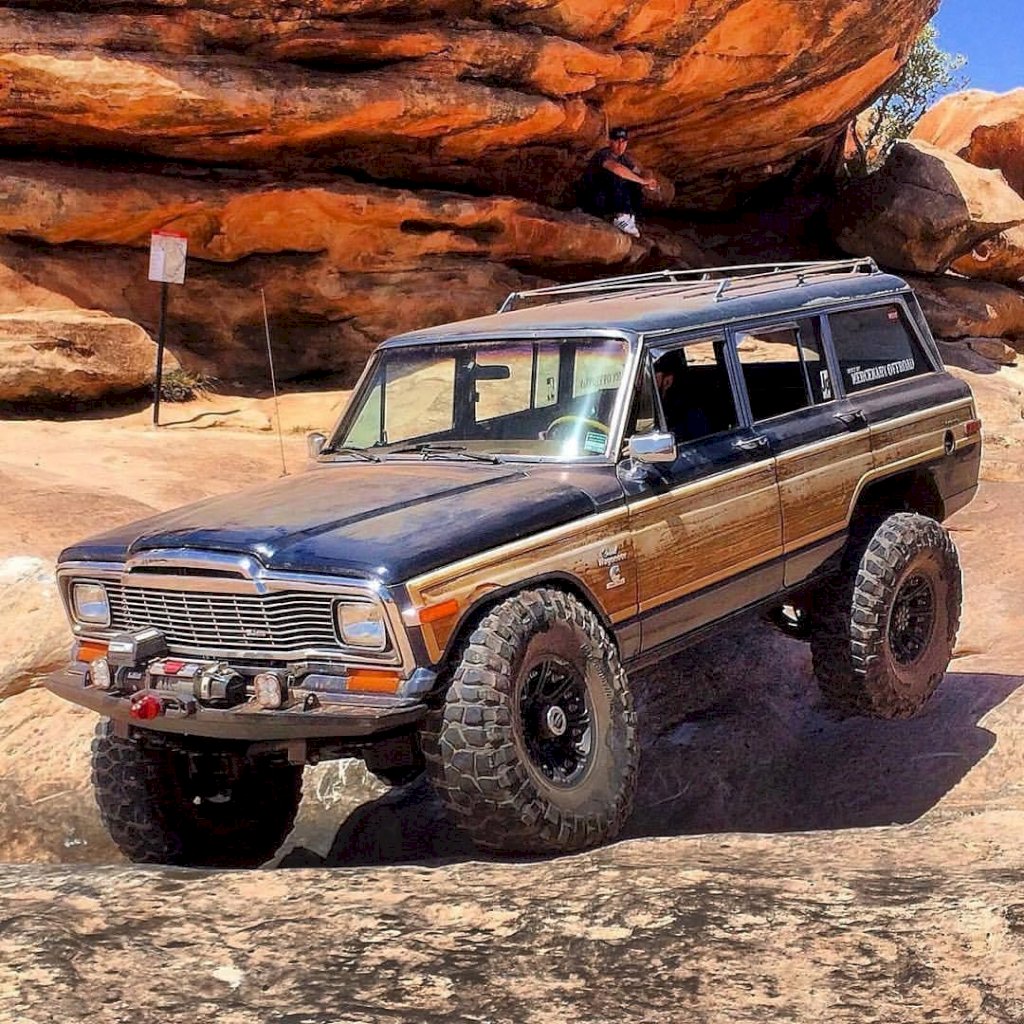
Status Symbol
The Wagoneer SJ’s luxurious features and refined design made it a status symbol among car buyers. It was often associated with success, affluence, and a higher standard of living. Owning a Wagoneer SJ became a statement of prestige and taste, especially during its heyday in the 1970s and 1980s.
Longevity and Iconic Design
The Wagoneer SJ’s design has stood the test of time and remained iconic. Its boxy shape, woodgrain trim, and chrome accents have become instantly recognizable and synonymous with classic SUV design. The longevity of the Wagoneer SJ, with its production spanning several decades, has solidified its place in automotive history and ingrained its cultural significance.
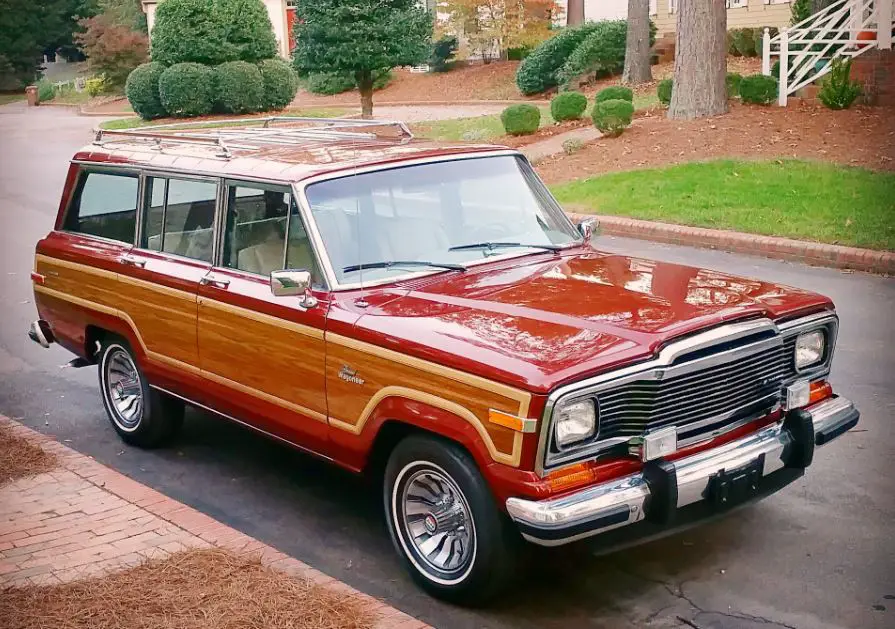
Popularity in Film and Television
The Wagoneer SJ has made appearances in numerous films and television shows over the years. Its rugged yet luxurious image has often been used to portray characters and settings that embody adventure, outdoor pursuits, or a certain sense of nostalgia. These on-screen appearances have further contributed to its cultural recognition.

Legacy and Reintroduction
The cultural significance of the Wagoneer SJ is further amplified by its recent reintroduction. Jeep launched the new Jeep Wagoneer and Jeep Grand Wagoneer models in 2021, drawing inspiration from the iconic SJ while incorporating modern technology and luxury features. This reintroduction has sparked renewed interest and conversation about the Wagoneer’s cultural impact.

3. Design
The design of the Jeep Wagoneer SJ can be described as classic, rugged, and timeless. It blended a rugged and capable off-road aesthetic with touches of luxury and sophistication. Its timeless design elements have contributed to its iconic status and enduring popularity among SUV enthusiasts.
Box-like Shape
The Wagoneer SJ had a distinctive boxy shape that was common among SUVs of its era. Its straight lines and sharp angles gave it a bold and commanding presence on the road.
Chrome Accents
The Wagoneer SJ featured prominent chrome accents on various parts of the vehicle, including the front grille, bumpers, window surrounds, and side moldings. These chrome details added a touch of elegance and sophistication to the SUV’s overall appearance.
Woodgrain Trim
One of the most iconic design elements of the Wagoneer SJ was the woodgrain trim. It featured simulated wood panels on the sides, giving it a classic and upscale look. The woodgrain trim was typically found on the higher trim levels and added a touch of nostalgia and luxury to the vehicle’s design.

Rectangular Headlights
The front fascia of the Wagoneer SJ had rectangular headlights, which were a characteristic feature of the vehicle. These large headlights provided ample illumination and contributed to the SUV’s distinctive front-end design.

Tall and Wide Stance
The Wagoneer SJ had a tall and wide stance, which not only provided a commanding view of the road but also enhanced its off-road capabilities. Its generous ground clearance and wide wheel arches allowed for larger tires and improved off-road traction.
Rear Tailgate
The Wagoneer SJ featured a rear tailgate design, which was split horizontally. The upper portion could be opened upwards, similar to a traditional SUV tailgate, while the lower portion could be folded down, providing easy access to the cargo area. This design offered flexibility for loading and unloading cargo.
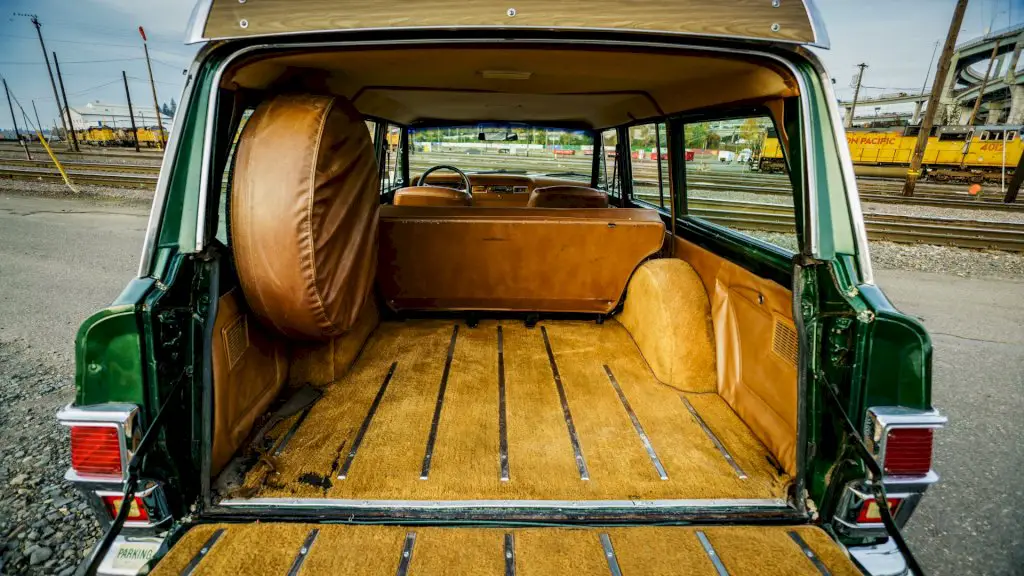
Spacious Interior
The interior of the Wagoneer SJ was known for its spaciousness and practicality. It offered generous seating for passengers, along with ample cargo space. The interior materials and finishes varied depending on the trim level, with higher-end models featuring premium upholstery and woodgrain accents to match the exterior design.
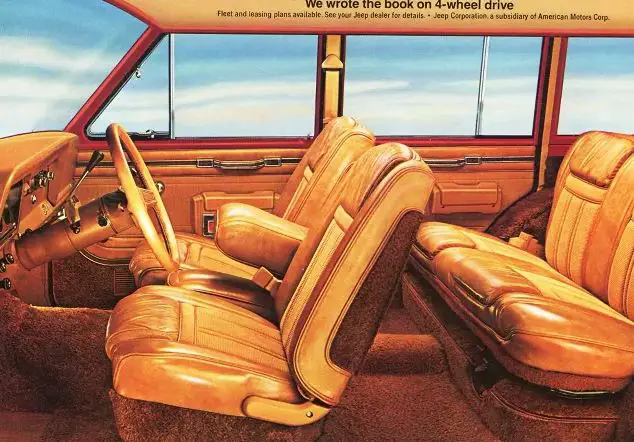
4. Engine
The Jeep Wagoneer SJ was available with various engine options throughout its production.
Inline-Six Engines
In the early years of production, the Wagoneer SJ was equipped with inline-six engines. These engines had six cylinders arranged in a straight line and offered decent power and reliability. The displacement varied across different models and years, ranging from 3.8 to 4.2 liters.
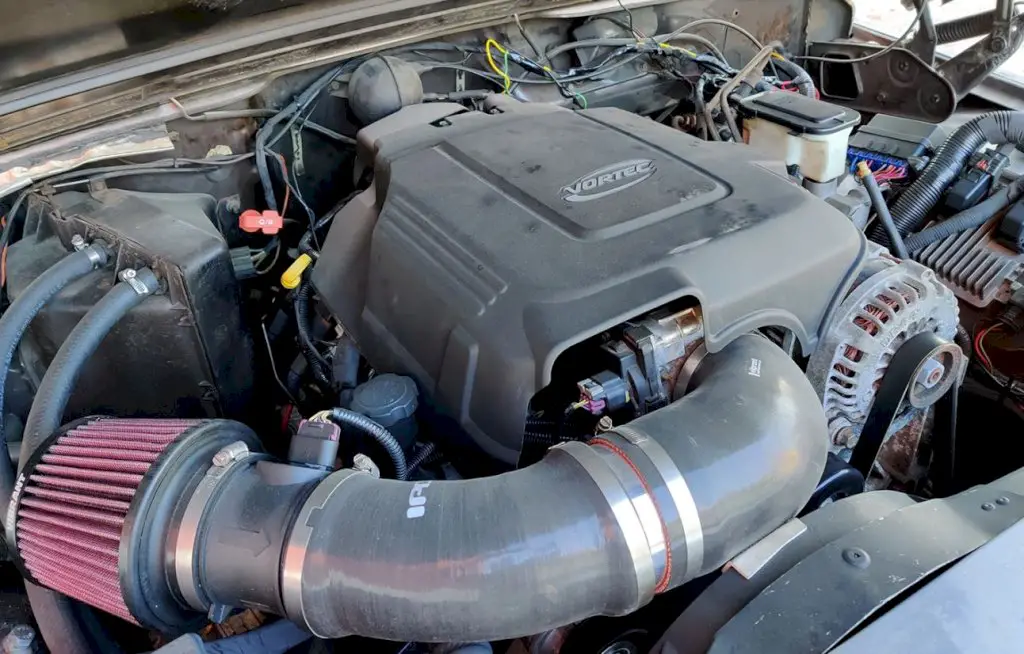
V8 Engines
As the Wagoneer SJ evolved, Jeep introduced V8 engines to provide increased power and performance. These engines had eight cylinders in a V-shaped configuration and offered improved acceleration and towing capabilities. The displacement of the V8 engines ranged from 4.7 to 6.6 liters, depending on the specific model and year.
AMC V8 Engines
American Motors Corporation (AMC) supplied many of the V8 engines used in the Wagoneer SJ. These engines included variations like the AMC 327 V8, AMC 360 V8, and AMC 401 V8. The AMC 401 V8, in particular, was known for its power output and was available in later years of production.
Diesel Engines (Limited Availability)
In some years, the Wagoneer SJ was also offered with diesel engine options. These diesel engines provided improved fuel efficiency and torque for towing and off-road performance. One example of a diesel engine used in the Wagoneer SJ was the 5.7-liter V8 diesel engine produced by General Motors.
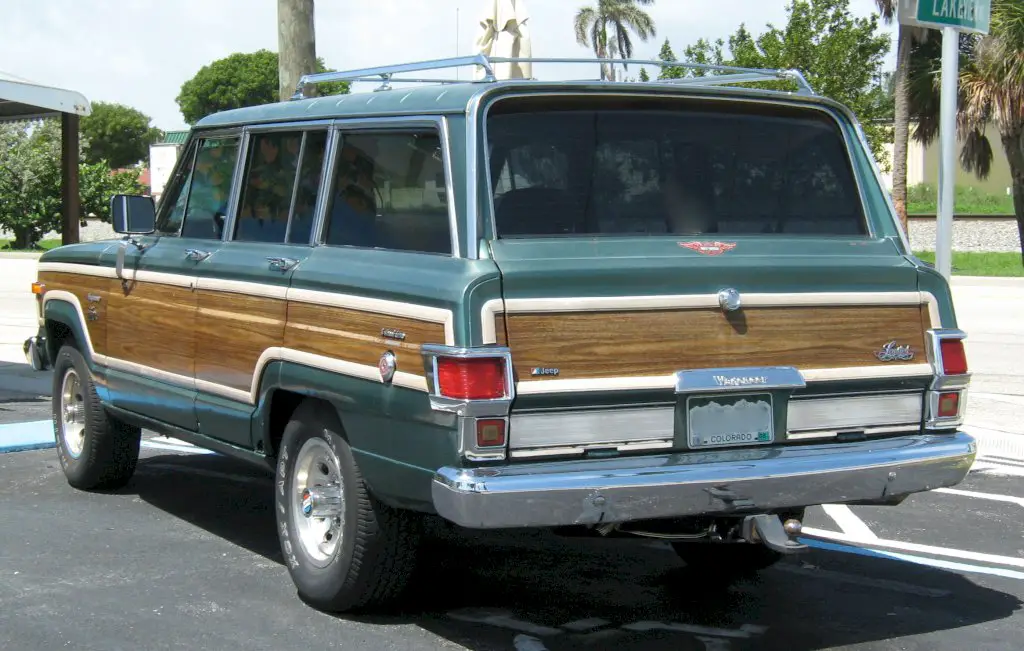
4WD Capability
The Wagoneer SJ was designed to handle off-road conditions and featured four-wheel drive (4WD) systems. It had a rugged chassis and solid axles that contributed to its off-road prowess. The Quadra-Trac 4WD system, introduced in 1973, became a popular feature of the Wagoneer SJ, providing full-time four-wheel drive capabilities.

The engine choice often played a significant role in the performance, fuel efficiency, and towing capabilities of the Wagoneer SJ, allowing buyers to select an option that best suited their needs and preferences.
5. Performance
The performance of the Jeep Wagoneer SJ varied depending on the specific model, engine, and year of production. Here are some general performance aspects of the Wagoneer SJ:
Power and Acceleration
The Wagoneer SJ offered a range of engine options, including inline-six and V8 engines. The power output varied depending on the engine choice. The V8 engines generally provided more horsepower and torque, resulting in better acceleration and performance compared to the inline-six engines. The larger displacement V8 engines, such as the AMC 401 V8, offered the highest power output in the Wagoneer SJ lineup.

Off-Road Capability
The Wagoneer SJ was designed to excel in off-road conditions. It featured a robust body-on-frame construction, solid axles, and four-wheel drive (4WD) systems. Depending on the specific model and options chosen, the Wagoneer SJ could be equipped with various 4WD systems, such as the Quadra-Trac system. These systems provided excellent traction and off-road capability, allowing the vehicle to tackle challenging terrains.

Towing Capacity
The Wagoneer SJ had respectable towing capabilities, especially when equipped with the V8 engines. The towing capacity varied depending on the engine and equipment, but generally, the Wagoneer SJ could tow trailers, boats, or other recreational vehicles with relative ease. The towing capacity typically ranged from around 5,000 to 7,000 pounds (2,267 to 3,175 kilograms), depending on the specific model and engine.

Handling and Ride Comfort
The Wagoneer SJ offered a relatively comfortable and smooth ride, especially considering its rugged off-road capabilities. It featured a solid chassis and suspension system designed to handle various road conditions. However, due to its boxy and tall design, the Wagoneer SJ had some body roll and may not have offered the same level of handling and agility as smaller and lower SUVs.

Fuel Efficiency
The fuel efficiency of the Wagoneer SJ was not its strong point, particularly with the larger V8 engines. These engines tended to consume more fuel, especially in urban driving conditions. The inline-six engines generally offered better fuel economy, but the size and weight of the vehicle still affected overall efficiency.
